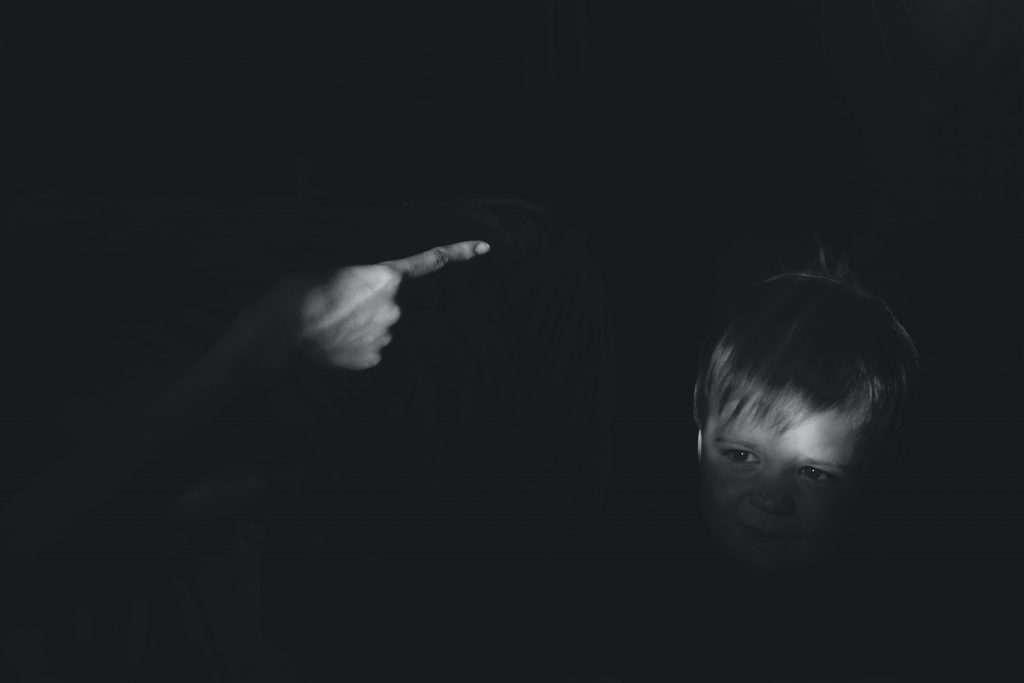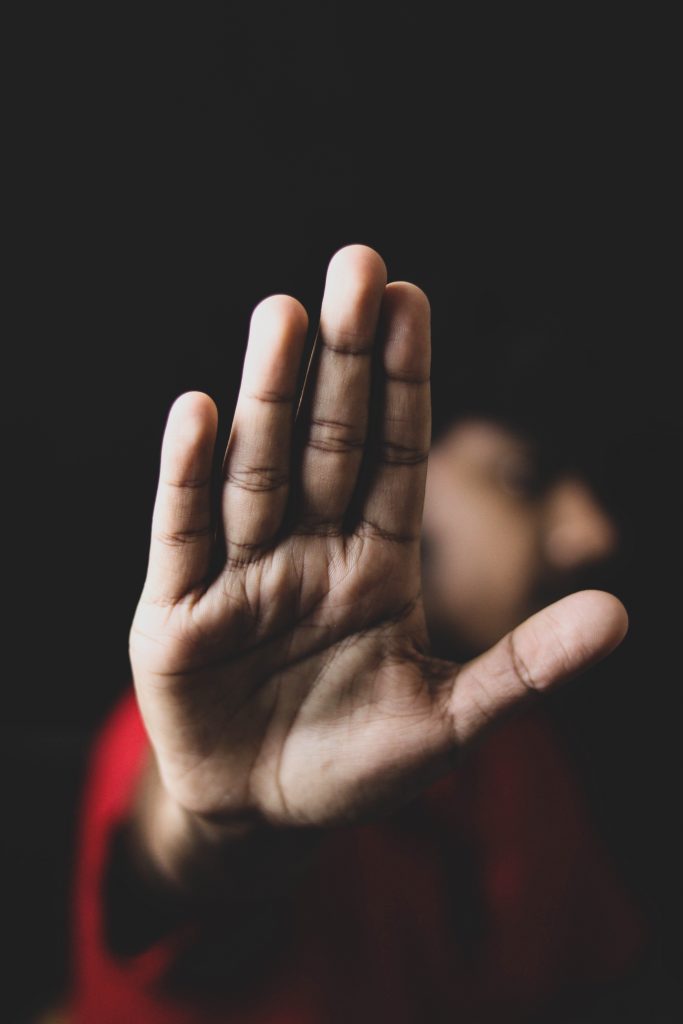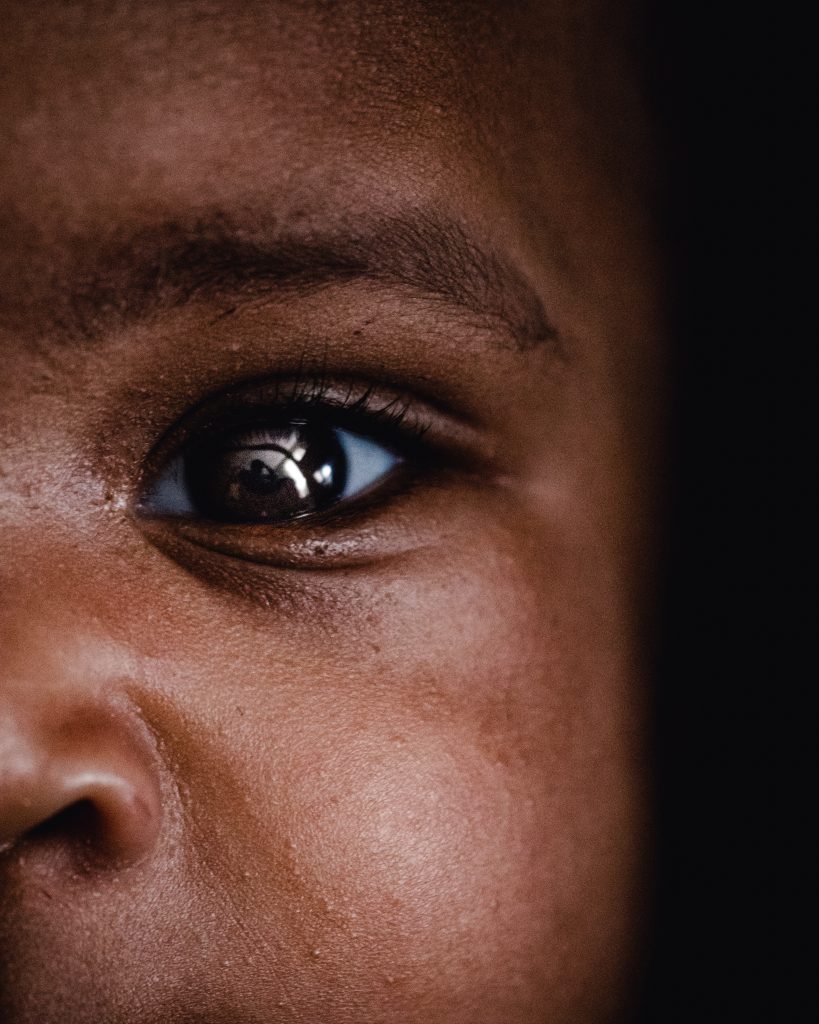Crafting compelling content for a criminal defense attorney’s website blog requires a deep understanding of the target audience—individuals facing criminal charges in Utah. By researching their needs and concerns, you can create informative posts that explain complex legal concepts in a clear and accessible manner. Showcase your expertise and experience through engaging case studies and real-life scenarios, instilling confidence and setting your firm apart. Address common legal concerns directly, providing reassurance and guidance. Incorporate personal stories to humanize your practice and create emotional connections. Optimize your content for search engines by conducting keyword research and incorporating keywords naturally. Every blog post should include a clear call-to-action, prompting potential clients to take the next step and seek assistance promptly. One such concerning and legally complex issue is that of child pornography.
Child Pornography
Child pornography is a grave offense that involves the creation, distribution, or possession of sexually explicit materials involving children. This illegal and morally reprehensible act robs children of their innocence and poses a serious threat to their well-being. In this comprehensive article, we will delve into the nature of child pornography, the legal consequences associated with it, and the measures taken to combat this heinous crime.

This image is property of images.unsplash.com.
The Disturbing Reality
Child pornography, also known as child abuse material, refers to any visual depiction of a child engaged in sexually explicit conduct. These materials include photographs, videos, digital media, or any other mediums that capture the exploitation of children for the purpose of sexual gratification. It is important to recognize that behind each image or video lies a real child who has been subjected to unimaginable abuse.
The proliferation of child pornography is a pressing issue in the digital age. The anonymity and accessibility afforded by the internet have facilitated the rapid dissemination of such material, perpetuating the victimization of innocent children. This crime knows no borders, affecting communities and individuals worldwide. It is crucial for society to come together to combat this menace and protect the most vulnerable among us.
Legal Consequences and Legislation
Child pornography is unequivocally illegal in most jurisdictions around the world. Individuals involved in the creation, distribution, or possession of child pornography face severe legal consequences. The United Nations Convention on the Rights of the Child, as well as numerous international and domestic laws, condemn and criminalize this horrific act.
In the United States, child pornography is a federal offense under the Child Pornography Prevention Act of 1996. Offenders may face imprisonment, significant fines, mandatory registration as a sex offender, and other penalties. Additionally, many jurisdictions have stringent laws against the possession or distribution of such material, with penalties varying depending on the severity of the offense and prior convictions.

This image is property of images.unsplash.com.
Combating Child Pornography
Law enforcement agencies and organizations worldwide are actively engaged in combating child pornography and bringing offenders to justice. One such organization is the Internet Crimes Against Children (ICAC) task force, a collaborative effort of federal, state, and local law enforcement agencies in the United States. These task forces are dedicated to investigating and preventing the sexual exploitation of children, including the production and distribution of child pornography.
In addition to law enforcement efforts, organizations and advocacy groups play a vital role in raising awareness about child pornography, providing support services to victims, and advocating for stricter legislation. These organizations collaborate with technology companies, educational institutions, and governments to develop innovative solutions to detect and prevent the dissemination of child abuse material.
Protecting Children and Promoting Awareness
Preventing child pornography requires a collective effort from individuals, communities, and governments. It is essential for parents and caregivers to educate themselves about the dangers of child pornography and take steps to protect their children. Open and honest conversations about healthy relationships, online safety, and appropriate boundaries can empower children to recognize and report any instances of abuse.
Schools and educational institutions also play a crucial role in educating students about online safety and the potential risks associated with sharing personal information. By incorporating age-appropriate curriculum on internet safety and digital citizenship, educators can empower children to make informed decisions and navigate the online world responsibly.

This image is property of images.unsplash.com.
Conclusion
Child pornography is an abhorrent crime that inflicts immeasurable harm on its victims. It is imperative that society as a whole stands united against this evil, taking proactive measures to protect children from exploitation and abuse. Through robust legislation, law enforcement efforts, awareness campaigns, and community involvement, we can work together to create a safer world for our children and ensure that perpetrators of child pornography face the full force of justice. We must prioritize the well-being and safety of our children, shielding them from harm and providing them with the opportunity to thrive in a society that upholds their rights and dignity.



